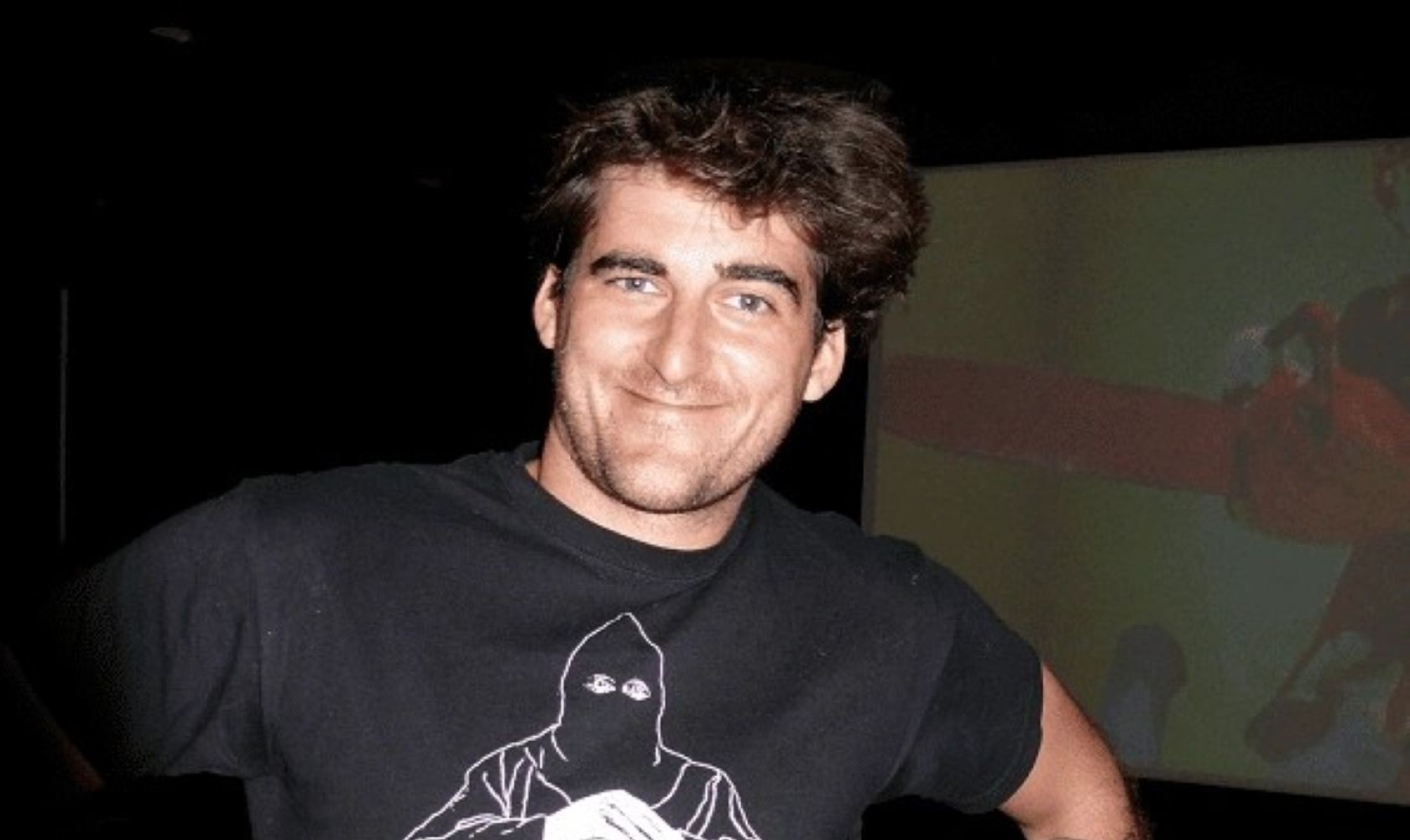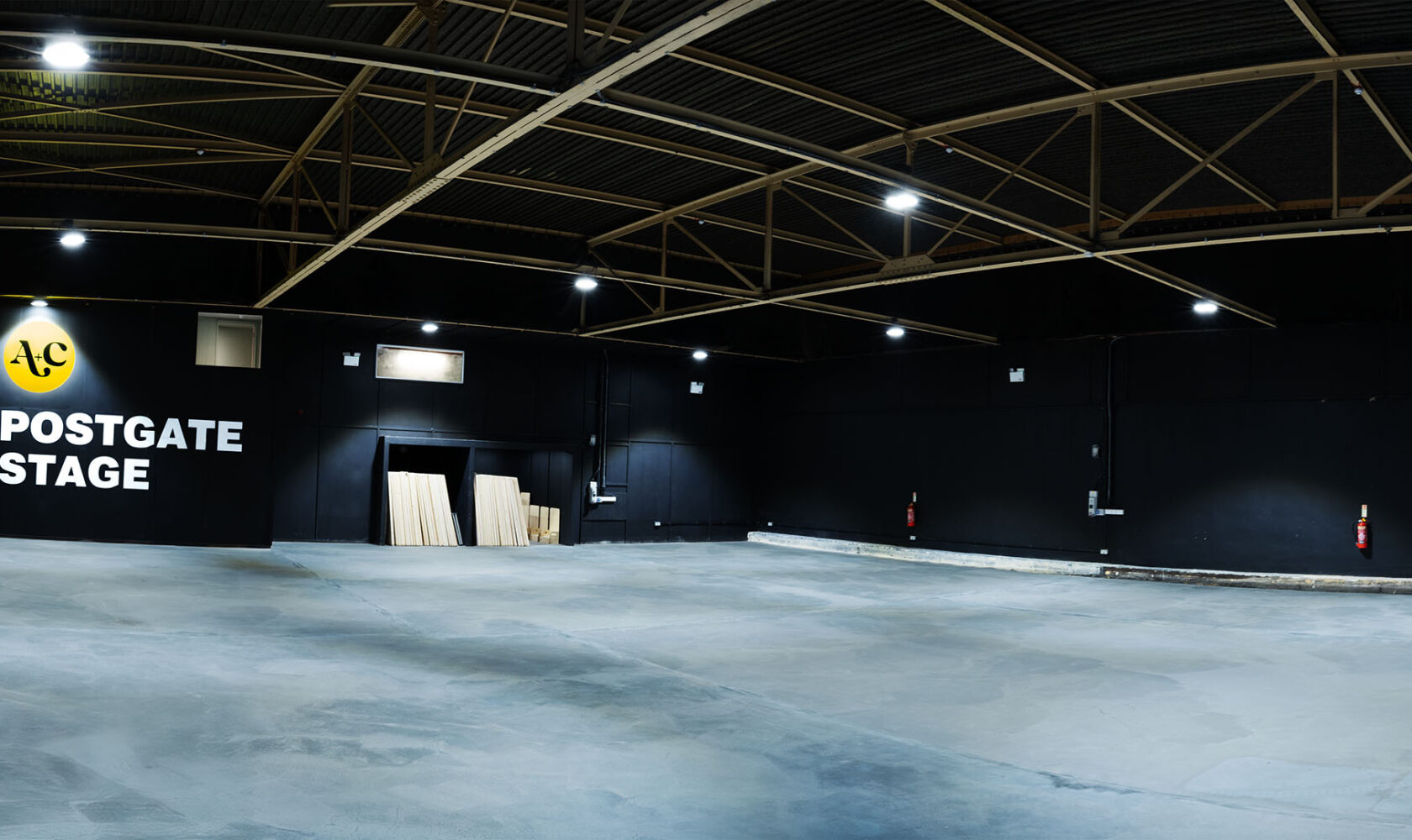28th September 2023
- A+C News
- Stop-Motion
- The Team
Stop-motion animation has been a popular form of animation since its inception in the early 20th century. Throughout the years, British studios and animators have made a significant impact on the development and popularity of this style of animation. In this article, we will take a look at some of the standout moments in British stop-motion animation history, and highlight the studios and people who helped make it such a popular art form.
The first British stop-motion film, Dolly’s Toys, was created in 1901. This short film used a combination of live-action footage and stop-frame animation to tell the story of a group of children whose toy soldiers come to life and perform a dance routine. This was one of the earliest examples of stop-motion animation and paved the way for years of innovation in this field.
One of the most significant developments in British stop-motion animation came in the 1950s, with the rise of children’s animated TV shows. Watch with Mother was a BBC programming schedule that produced some of the most famous older British animations. While various animation types were used, the majority of the content was stop-motion. Shows like Camberwick Green raised public awareness for stop-motion, with content that anyone could enjoy, no matter how old they were.
The 1970s saw a sudden burst of British stop-motion animations, with smaller studios opening up and producing children’s TV content. Smallfilms, started by Oliver Postgate and Peter Firmin, created shows like Bagpuss, The Clangers, Noggin the Nog, and Ivor the Engine, which are now considered animation classics in the UK. The longevity of these shows is a testament to their popularity, with The Clangers being rebooted by the same studio years later.
Towards the end of the 1970s and into the early 1980s, many smaller stop-motion animation studios opened and began producing their own shows for various channels. Some of the standout studios from this time were Woodland Animations and Bumper Films, responsible for Postman Pat and Fireman Sam, respectively.
Two studios that began to gain traction around the same time were Aardman Animations and Cosgrove Hall Films. Aardman Animations gained popularity for their stop-motion segments on the art show Take Hart, and their standalone short Creature Comforts, which won them an Academy Award. This success eventually led to the creation of their most famous characters, Wallace and Gromit. Cosgrove Hall Films, founded by Brian Cosgrove and Mark Hall, gained popularity with their first series, Chorlton and the Wheelies. Their passion for stop-frame animation led them to produce the stop-motion animated film The Wind in the Willows, which became a success and led to many more stop-motion animated series in the early 2000s.
The late 1980s saw the emergence of two men who would revolutionise the art of stop-motion model making. Ian Mackinnon and Peter Saunders began work at Cosgrove Hall Films as model makers, pioneering new techniques that helped to change the way that stop-motion puppets were produced. These advancements were used on numerous studio projects, including The Wind in the Willows. In the early 1990s, they started their own studio, Mackinnon & Saunders. Their success began with The Sandman in 1991, which gained international acclaim in the animation and film world. The studio was then approached by legendary director Tim Burton to produce the models for the aliens in his feature film Mars Attacks!, which ultimately led to the studio teaming up with Burton again to produce the stop-motion animated feature Corpse Bride.
You can read more about our Guide to A+C Stop-motion here too


